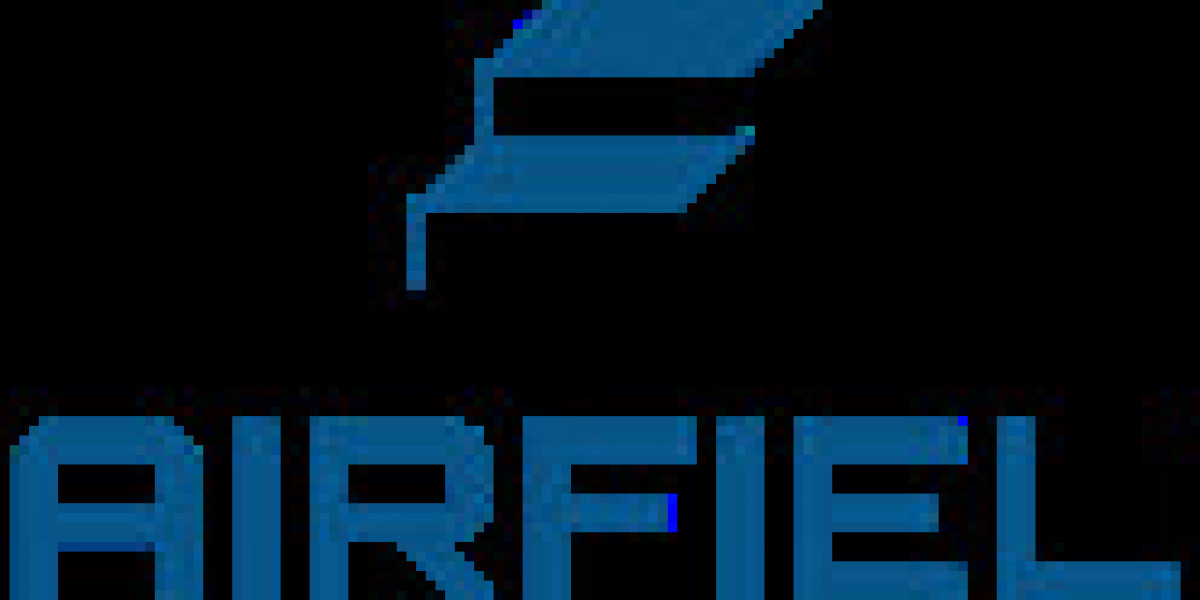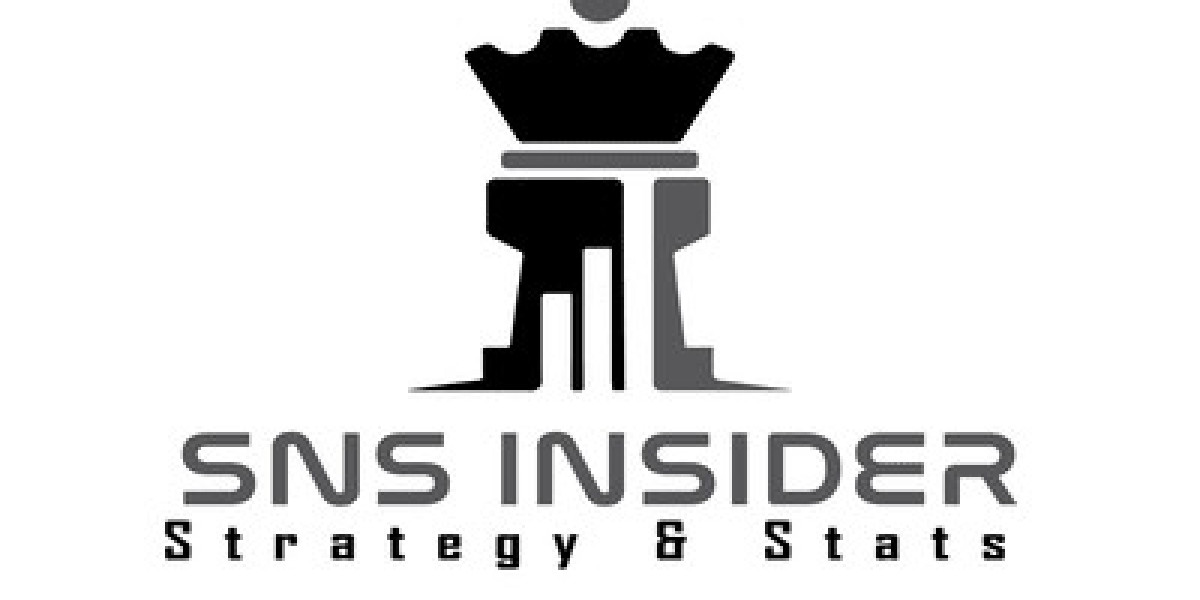In the ever-evolving landscape of digital marketing, technical SEO optimization stands as a pivotal component for achieving superior search engine rankings and maximizing website performance. This article delves into the intricate elements of technical SEO, providing a thorough exploration of strategies and best practices essential for optimizing your website's technical framework. As we navigate through the various aspects of technical SEO, our focus will be on delivering actionable insights that can propel your website to the forefront of search engine results. At Mos Web Design, we are committed to helping businesses enhance their online presence through meticulous technical SEO practices.
Understanding Technical SEO Optimization
Technical SEO optimization encompasses the backend elements of a website that impact its search engine ranking. Unlike on-page SEO, which deals with content and user experience, technical SEO focuses on the structural aspects of a website that influence search engine crawlers' ability to index and rank your site effectively. Key components of technical SEO include site speed, mobile-friendliness, site architecture, and crawlability.
1. Site Speed and Performance
Site speed is a critical factor in technical SEO, as it directly affects user experience and search engine rankings. A slow-loading website can lead to higher bounce rates and lower engagement, ultimately impacting your search visibility. To optimize site speed:
Minimize HTTP Requests: Reduce the number of elements on each page to decrease HTTP requests. This can be achieved by combining files, using CSS sprites, and optimizing images.
Enable Compression: Utilize Gzip or Brotli compression to reduce the size of files sent from your server to the user's browser.
Leverage Browser Caching: Implement caching mechanisms to store frequently accessed resources locally on the user's device, reducing load times for subsequent visits.
Optimize Images: Compress and properly size images to improve loading times without sacrificing quality. Tools like ImageOptim or TinyPNG can be useful.
2. Mobile-Friendliness
With the increasing dominance of mobile devices in web browsing, ensuring that your website is mobile-friendly is imperative. Google’s mobile-first indexing means that the mobile version of your site is considered the primary version. To enhance mobile-friendliness:
Responsive Design: Implement a responsive design that adjusts to various screen sizes and orientations. This ensures a seamless experience across all devices.
Viewport Configuration: Use the viewport meta tag to control the layout on mobile browsers. Set the viewport to match the device's width and scale content appropriately.
Touchscreen Usability: Ensure that touch elements, such as buttons and links, are appropriately sized and spaced for easy interaction on touchscreen devices.
3. Site Architecture and Structure
A well-structured site architecture facilitates better crawling and indexing by search engines. Key considerations include:
XML Sitemap: Create and submit an XML sitemap to search engines to help them discover and index your pages. Regularly update the sitemap to reflect changes and new content.
Robots.txt File: Configure the robots.txt file to guide search engine crawlers on which pages to crawl and which to avoid. Ensure that it is not blocking important content.
Internal Linking: Establish a logical internal linking structure to distribute link equity and help search engines understand the hierarchy and importance of your pages.
URL Structure: Use a clean, descriptive URL structure that reflects the content of the page. Avoid dynamic URLs with excessive parameters.
4. Crawlability and Indexability
Ensuring that your website is easily crawlable and indexable by search engines is crucial for visibility. To optimize crawlability:
Fix Broken Links: Regularly check for and resolve broken links (404 errors) that can hinder user experience and search engine crawling.
Implement Canonical Tags: Use canonical tags to indicate the preferred version of a page when duplicate content exists. This prevents issues with content duplication and consolidates ranking signals.
Optimize Redirects: Use 301 redirects for permanent changes and 302 redirects for temporary changes to ensure that search engines and users are directed to the correct pages.
5. HTTPS and Security
Security is an integral aspect of technical SEO. Google considers HTTPS as a ranking factor, and a secure site fosters user trust. To enhance security:
Implement HTTPS: Acquire and install an SSL certificate to encrypt data transmitted between the user’s browser and your server. This not only improves security but also boosts your search engine rankings.
Regular Security Audits: Conduct regular security audits to identify and address potential vulnerabilities. This includes monitoring for malware, ensuring software updates, and protecting against unauthorized access.
6. Structured Data and Schema Markup
Structured data and schema markup enhance search engine understanding of your content, leading to improved visibility in search results. To implement structured data:
Add Schema Markup: Use schema markup to provide search engines with additional information about your content, such as reviews, events, and products. This can lead to rich snippets and enhanced search listings.
Test Structured Data: Utilize tools like Google’s Structured Data Testing Tool or Rich Results Test to validate your schema markup and ensure proper implementation.
7. Performance Monitoring and Analytics
Continuous monitoring and analysis are essential for maintaining and improving technical SEO. Key practices include:
Monitor Site Performance: Use tools like Google PageSpeed Insights, GTmetrix, or WebPageTest to track site performance and identify areas for improvement.
Analyze Crawl Errors: Regularly review Google Search Console for crawl errors and address issues promptly to ensure optimal crawlability.
Track Metrics: Monitor key metrics such as bounce rate, average session duration, and conversion rates to assess the impact of your technical SEO efforts and make data-driven decisions.
Conclusion
Incorporating effective technical SEO optimization strategies is fundamental to enhancing your website's search engine performance and user experience. By focusing on site speed, mobile-friendliness, site structure, crawlability, security, structured data, and performance monitoring, you can create a robust technical foundation that supports superior search rankings. At Mos Web Design, we are dedicated to implementing these best practices to ensure that your website achieves its full potential in the competitive digital landscape.






